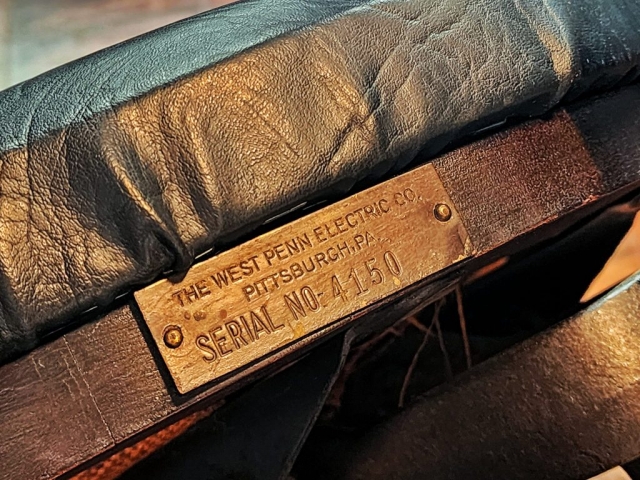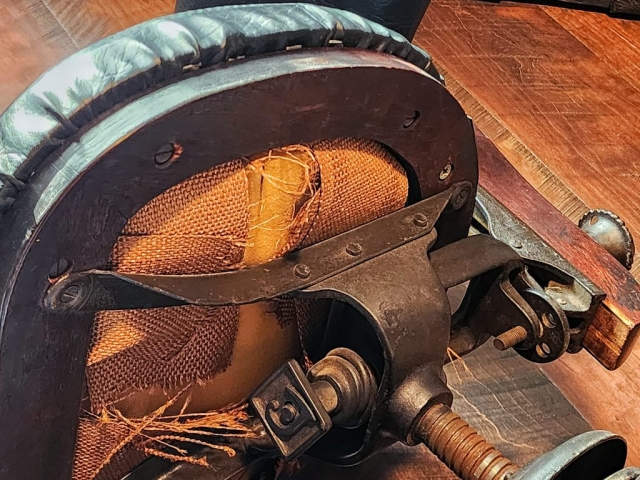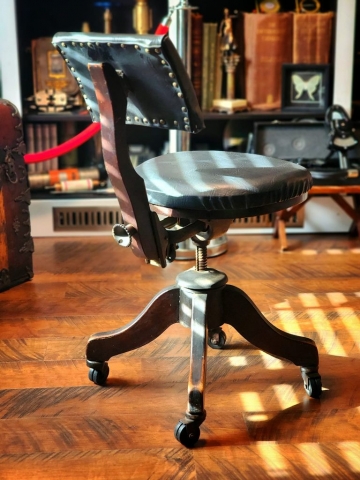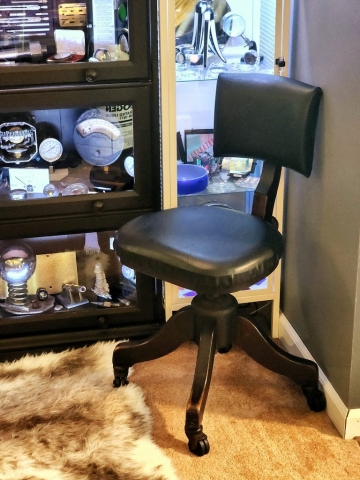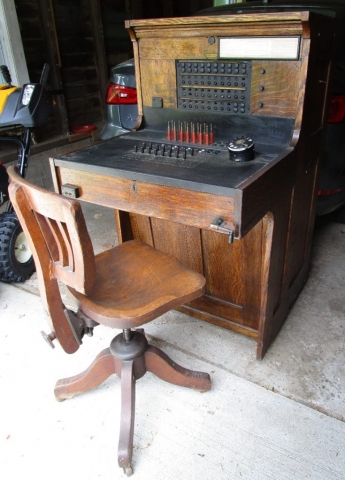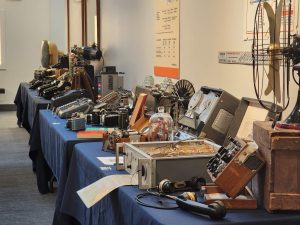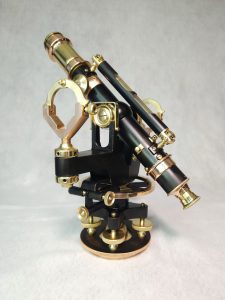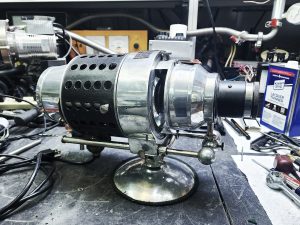In an era before smartphones and fiber optics, the backbone of communication rested on the shoulders of telephone operators. These dedicated individuals were the human links in a vast web of wires, manually connecting calls with precision and care. At the heart of this network sat the switchboard operator’s chair, a seemingly simple piece of furniture that supported some of the most vital work in early telecommunication history.
I recently acquired an original 1934 Western Electric switchboard telephone operator’s chair, a remarkable piece of functional design and history. This particular chair hails from Pittsburgh, PA—a city once buzzing with industrial progress and innovation. Crafted with durability and comfort in mind, the chair features a sturdy wooden frame and a seat that could endure long hours of use, a testament to the grueling shifts operators faced.
Telephone operators were indispensable to early communication systems. In the 1930s, placing a call wasn’t as simple as dialing a number. Operators worked tirelessly at switchboards, inserting cords into jacks to connect lines manually. They ensured businesses could communicate, families stayed in touch, and emergencies were addressed—all without the modern conveniences of automation.
The Western Electric chair is more than just a piece of furniture; it’s a symbol of a pivotal era in telecommunications. It reminds us of a time when the human element was central to keeping people connected. Today, as we marvel at the ease of instant communication, it’s humbling to reflect on the skill and dedication of those early operators who quite literally made the connections that built our world.
This chair now serves as a tangible link to that history, a piece of Pittsburgh’s past that I’m thrilled to preserve and share. It’s a tribute to the unsung heroes of the switchboard, whose voices and steady hands bridged distances and brought people closer together.
Here is a photo I found online that shows a simlar chair and how it would have been used.
